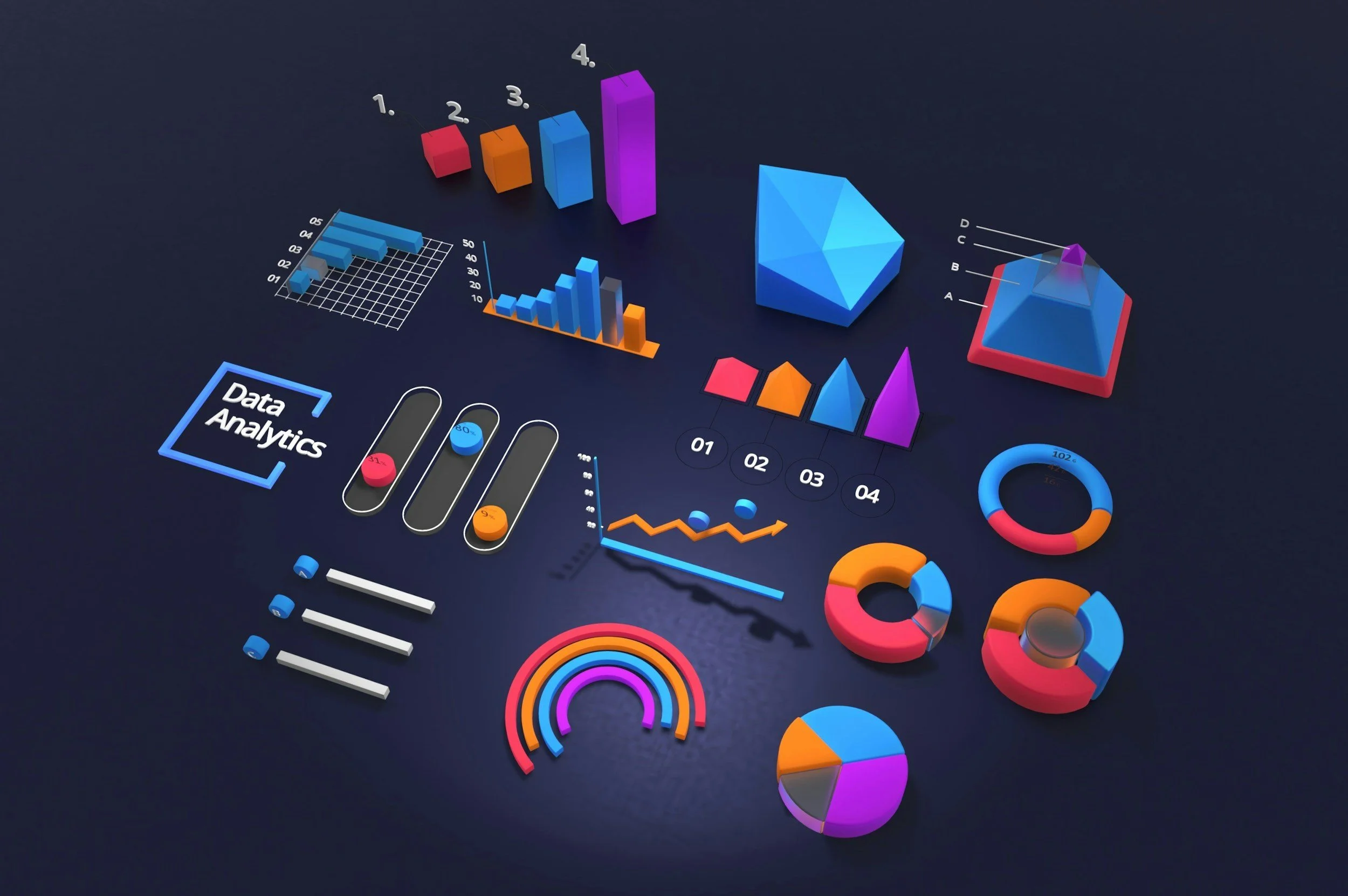Why Every Marketer Needs a Business Analyst Mindset
Creativity might win attention. But insight wins results.
Not long ago, I was in a strategy meeting where a team pitched a bold billboard campaign for a luxury mattress brand. The visuals were stunning. The copy? Clever. But when asked, “Why this location?” the room went quiet. There were no data points on footfall, audience demographics, or past conversion rates from offline campaigns in that area. It felt right, but no one could prove it.
This is the kind of moment where creativity, left on its own, can fall short. In today’s complex marketing landscape, where every $ (or click) counts, great marketing doesn’t just look good. It works. And to make it work, marketers need more than good ideas. We need clarity, context, and data.
The New Marketing Reality: Strategy + Analysis = Results
Whether you're running a Google Ads campaign or planning a radio spot, one thing is clear: marketing is no longer just about broadcasting messages. It’s about understanding behavior, predicting trends, and delivering relevance.
That’s why marketers who embrace strategic thinking, data literacy, and analytical skills are leading the way. The best campaigns today are rooted in insights and not just inspiration.
What Is a Business Analyst Mindset (and Why Should You Care)?
It doesn’t mean you need to become a full-time data analyst or learn SQL. But adopting a business analyst mindset means learning to think critically and strategically, like this:
Ask better questions before launching anything. Who is this really for? What problem are we solving?
Validate assumptions with real data, not opinions or trends.
Look for patterns in performance metrics. What’s working, what’s not, and why?
Tie every marketing move back to business outcomes - not just likes or impressions.
It’s about treating every campaign like an investment, not just an idea.
Marketing + Market Analysis = Smarter Campaigns
Let’s take a hypothetical example of a digital campaign for a mid-size D2C wellness brand. Imagine the client is convinced that Instagram ads targeting Gen-Z are the key to growth. It feels trendy, it looks right, but when a quick market analysis is done, something surprising comes up:
Repeat purchases, the real driver of profit are actually coming from urban women aged 35–45, and most of them discover the brand through blogs and email newsletters, not social media.
In this scenario, shifting the strategy to focus on high-intent, content-driven channels would likely result in a better return. It’s a reminder that without analysis, marketing decisions can be driven by assumption, not impact.
On the traditional side, we could use competitor heatmaps and traffic pattern data to pick out-of-home ad placements that directly faced stores of rival brands. Performance? A potential 2x spike in in-store inquiries.
That’s the power of marketing informed by analysis. It’s no longer just about the message, it’s about market fit, audience behaviour, and timing.
Stop Working in Silos - Start Working Smarter
One of the biggest mistakes I see? Creatives, marketing teams, and analysts working in silos. The designer doesn’t know the CTR. The analyst doesn’t understand the campaign goals. The strategist isn’t briefed on customer pain points.
When we separate insight from execution, we miss out on momentum. But when these teams work together, sharing context, data, and feedback - the results are more aligned, more impactful, and more scalable.
How to Build Your Analyst Mindset as a Marketer:
You don’t need a new degree. Just a new lens. Here’s how to start:
Track what matters: Move beyond surface-level metrics. Monitor cost per lead, customer lifetime value, drop-off points, and campaign ROI.
Run post-mortems: After every campaign, analyze what worked, what didn’t, and why - with both creative and data teams.
Partner with analysts: Don’t just wait for reports. Co-create dashboards. Ask for trends. Look at micro-conversions.
Keep business goals in sight: Don’t just chase engagement. Align every effort with real KPIs: sales, retention, referrals, brand lift.
Stay curious: Learn the basics of data visualization, segmentation, A/B testing, and consumer psychology.
Final Thought: Are You Making Decisions Based on Insight - or Instinct?
The best marketers today are more than creatives. They’re strategists, researchers, and decision-makers who understand that the real magic happens when insight fuels imagination.
So next time you're planning a campaign, digital or traditional - ask yourself:
“Am I making this decision based on insight… or instinct?”
